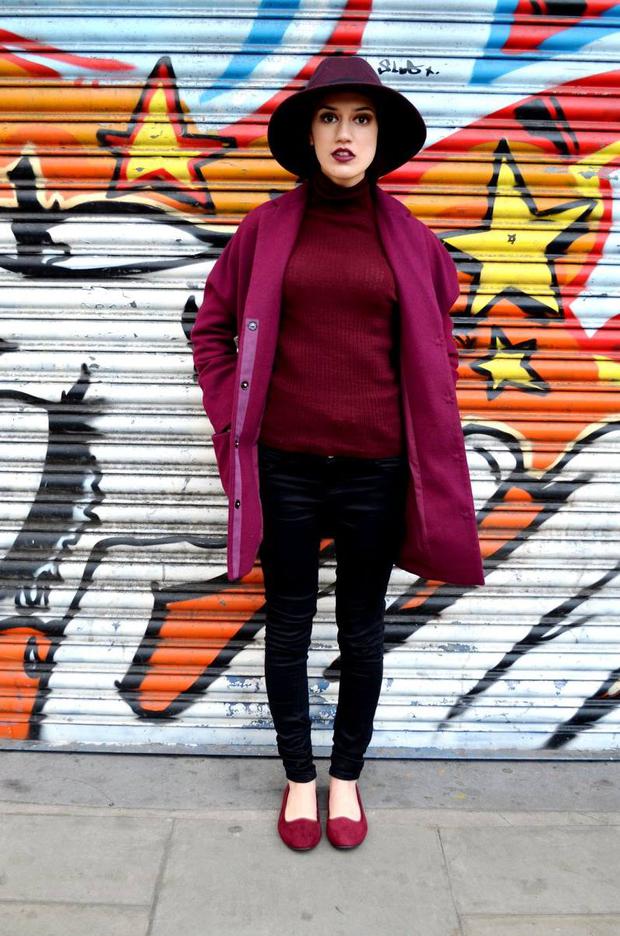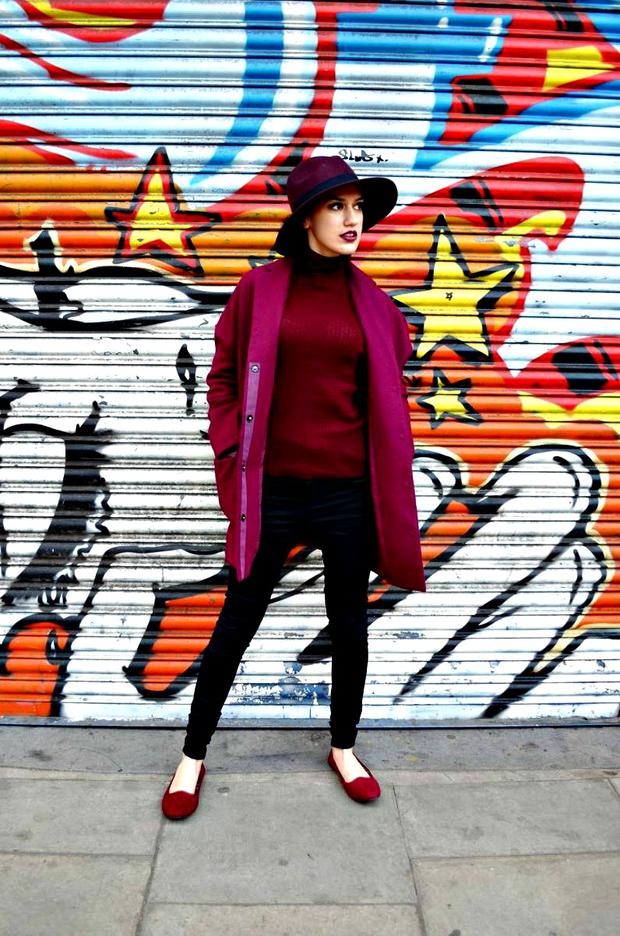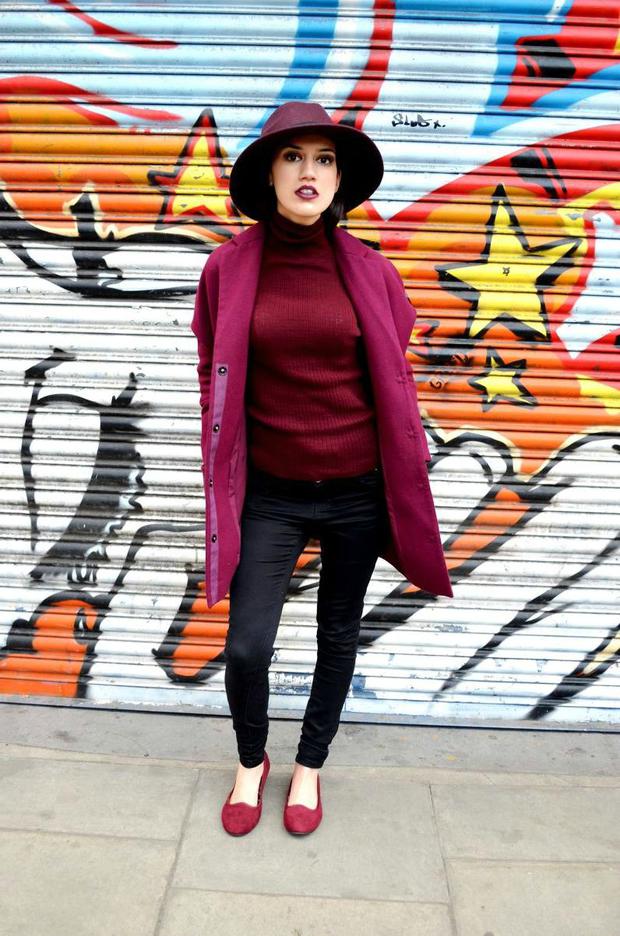‘Gender labels are like snakes writhing in the grass, Sly spies burning us with their heavy lidded eyes, Stereotypes create bloody destruction, both sexes lost in wars, Outsiders sit in shaded corners but never truly forgotten, In the heat of the blazing sun of truth they come alive, Shedded skin in a pile of memories, unexpected pleasures, what was once man is now woman and woman is now man’

Androgynous fashion has become a classic staple of both sexes wardrobes with the overt androgyny of Ellen Degeneres, Jaden Smith and Tilda Swinton revolutionalizing the way we view gender-bending in the modern age. But before androgyny was normalized in mainstream culture it was seen as a social stigma, where women who rejected dresses in favour for trousers were seen as pursuing abnormal desires. The emancipation or liberation of gender boundaries began with the reign of Elizabeth I who although did not actively subvert gender boundaries in relation to fashion took the first steps to liberating women from masculine control. Rejecting the supremacy of masculine rule, Elizabeth I ruled with dignity, grace and a passionate discontent with the patriarchal system so intent on oppressing women to glean power. Elizabeth’s rejection of male rule may have not transitioned into the clothes that she wore but Elizabeth’s emancipation inspired future queens and spokespersons to feel confident in their own identities as a-sexual beings. Born in the womb we are one and the same and in life we should continue to live as a-sexual beings.
By the 1930’s Katherine Hepburn an early pioneer of androgynous fashion challenged the way women and men viewed fashion as ‘defined by gender’ instead arguing that fashion is an exploration of identity and how we can create personas that allow us to escape the confines of our gende roles. Donning her high waisted slacks and jodphurs Katherines androgynous style became a moral panic with many critics and audiences claiming that they preferred ‘women in skirts’. In response Hepburn would quip that men should try wearing skirts and see why trousers were more practical for modern day women who worked to support their household unaided by men. By the 1940’s women followed Katherine’s example where the men who had gone out to war (II) had left women in charge of their jobs and subsequently liberated to wear anything that they desired to wear. Androgynous dressing became popular in World War II because of its practicality but the aesthetic appeal of wearing androgynous fashion became popularized through the medium of cinema. The introduction of Cinema gave exposure to actors and actresses personal style which meant that for the first time celebrities were setting trends. In particular James Dean pioneered a metrosexual aesthetic that would inspire many modern metrosexual icons (including David Beckham) to combine masculine presence with the well groomed attitude of women, adding a new meaning to andrognous dressing.

Not all androgynous practices were so blatant in their rejection of conformist dressing and in the 1960’s model icon Twiggy – a lover of Mary Qant’s High Mod look- kept looks feminine with a twist; smocks,a-line dresses and pixie short hair created a ‘little boy’ meets femme fatale aesthetic that became instantly popular with youth culture during the 1960’s. Twiggy’s effortless androgyny was an instant hit with critics citing that the curvaceous icons of the 50’s- Marilyn Monroe- were replaced with a lean, almost boyish frame that could add a new dimension to any outfit Twiggy modelled. An ethos that carried into the 70’s and 80s androgynous dressing became segregated into two camps: grunge-rock and avante-garde which were represented by icons David Bowie and Grace Jones whose subversive personal styles became the inspiration for many leading fashion icons today.

In the 1970s when David Bowie entered the music sphere as Ziggy Stardust an ‘Alien King’ had landed. Creating a merger between 80’s disco decadence and 70’s ‘hard drug’ culture Ziggy Stardust’s psychedellic creations were free-spirited, androgynous and a reflection of his own fantasy world, where gender boundaries ceased to exist. One of Bowie’s most iconic androgynous looks saw him don large pinstriped billowing trousers inspired by Japanese kabuki theatre. The circular trousers marked Bowies sexual and artistic experimentation during his Aladdin Sane period and inspired Grace Jones to begin cross-dressing in the 1980’s. Grace was the ultimate LGBTQ icon whose refusal to adhere to traditional binary notions of gender inspired many designers like Jean Paul Gaultier and Giorgio Armanio to develop clothing for women who wanted to ‘dress like men’ or men that wanted ‘gender-fluid cuts’. Both icons used fashion to comment on the interlink between culture and gender and it was an ethos that has transcended into the modern image of androgynous dressing.

What are your thoughts on androgyny?
Photographer- Jumanna Khanom
Coat-Topshop
Turtleneck, Trousers, Hat & Shoes- Primark
Leave a Reply